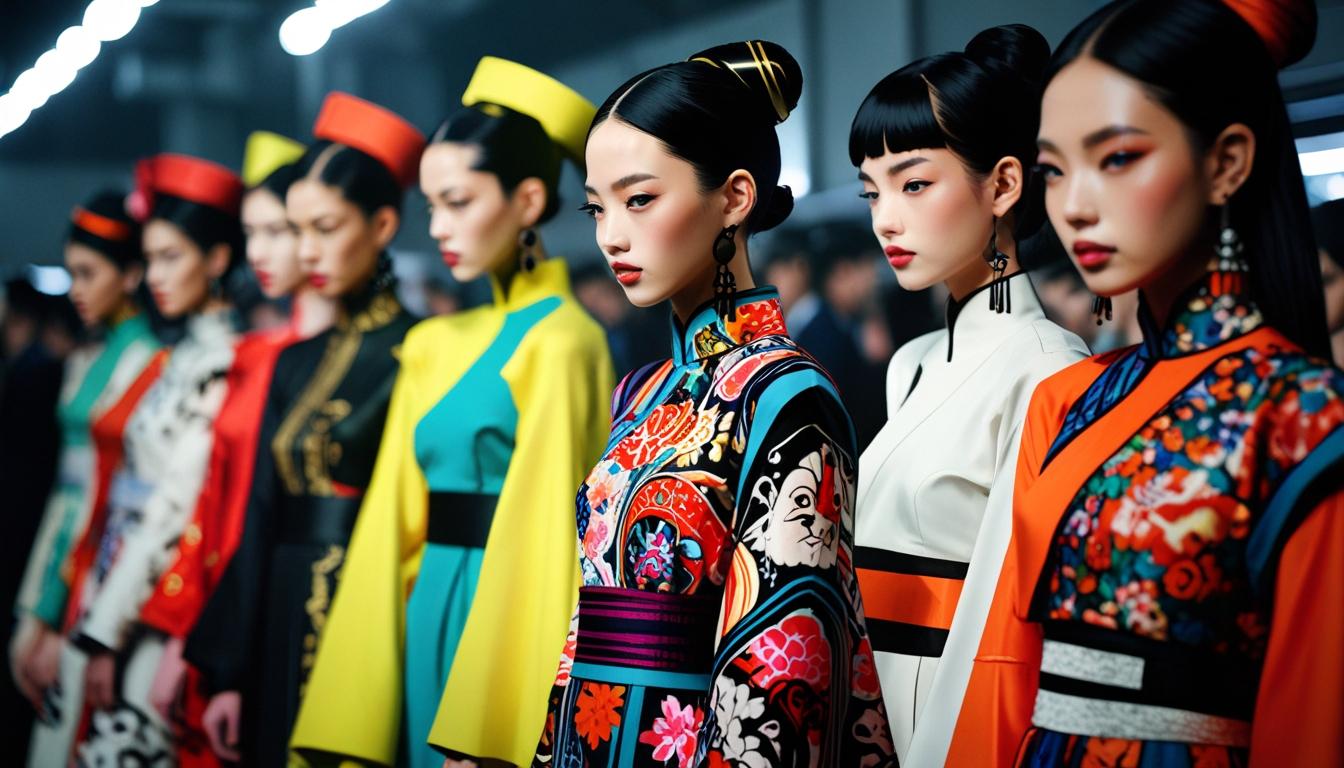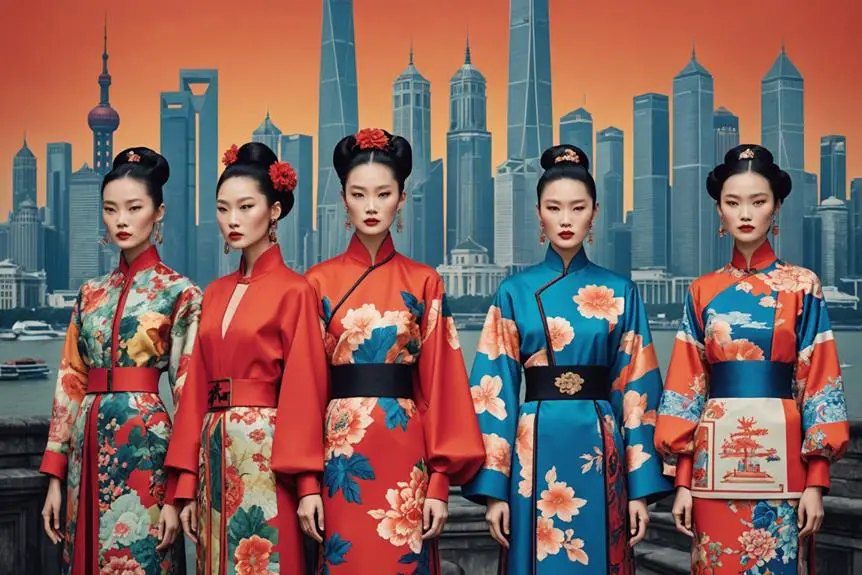Seoul, Tokyo, and Shanghai fashion weeks are gaining recognition traditionally reserved for Western counterparts, highlighting the creativity and potential of Asian designers.
Fashion enthusiasts around the globe have witnessed a notable shift in the international fashion calendar, as notable Asian fashion weeks—specifically Seoul, Tokyo, and Shanghai—begin to garner attention traditionally reserved for their Western counterparts. This evolving landscape is emblematic of a broader recognition of Asian designers’ creativity and commercial potential.
Seoul Fashion Week, held recently, showcased a blend of innovation and cultural authenticity, resonating with the contemporary zeitgeist. The event is increasingly fueled by the global rise of K-culture, notably in music and drama, yet fashion has navigated a more challenging path for mainstream acceptance. Designers at this event have leveraged technology creatively within their collections, merging traditional craftsmanship with cutting-edge techniques. For instance, the gender-fluid tailoring brand Daily Mirror drew inspiration from video artist Paik Nam-june, showcasing deconstructed silhouettes that reflect his experimental spirit. Similarly, designer Hannah Shin collaborated with the Korea Advanced Institute of Science & Technology (KAIST) to develop a collection titled “Cosmogony,” which integrated 3D-printed elements into traditional Korean designs.
At the same time, Tokyo Fashion Week, also known as Rakuten Fashion Week, embraced the paradoxes inherent in high-concept fashion. Known for its erratic yet alluring styles, this season saw collections that balanced eccentricity with elegance. Noteworthy presentations included Tatsuya Tamada’s military-inspired tailoring which demonstrated a striking approach to utilitarian fashion, and Keisuke Nagami’s Hatra, which explored the realms of digital fashion through innovative AI-generated prints. Pillings, spearheaded by LVMH Prize semi-finalist Ryota Murakami, also reaffirmed Japan’s global reputation for exemplary craftsmanship through its knitwear.
Shanghai Fashion Week, meanwhile, has thrived even amidst economic challenges, marking record participation with over 30 countries represented. This influx has been supported by the Shanghai Government’s “First in Shanghai” initiative, which provides financial incentives for brands debuting in the city. The event saw the launch of several promising local designers, including nominees for prestigious accolades such as the MEGA Fashion Awards 2024. Additionally, the newly established Sustasia Fashion Prize celebrated its inaugural winner, further spotlighting the burgeoning talent within the Chinese fashion scene.
Despite ongoing challenges, including economic downturns and the allure of established Western markets for local designers, these Asian fashion weeks are steadily asserting themselves on the global stage. The focus on inclusivity, unique aesthetic perspectives, and a blend of innovation with tradition is creating waves in an industry traditionally dominated by Western fashion capitals. As contemporary fashion continues to evolve, the contributions from Asia are becoming increasingly pivotal, marking a significant departure from past perceptions and setting a new agenda for future seasons.
Source: Noah Wire Services





Thanks for the valuable insights. Looking forward to your next post!
http://wish-club.ru/forums/index.php?autocom=gallery&req=si&img=5228
Interesting points! You explained it in a very clear way.
Great post! I really enjoyed the insights you shared. Looking forward to reading more from you!
https://vitz.ru/forums/index.php?autocom=gallery&req=si&img=5046
http://terios2.ru/forums/index.php?autocom=gallery&req=si&img=4563
https://mazda-demio.ru/forums/index.php?autocom=gallery&req=si&img=6345
http://terios2.ru/forums/index.php?autocom=gallery&req=si&img=4747
https://hrv-club.ru/forums/index.php?autocom=gallery&req=si&img=7074
https://mazda-demio.ru/forums/index.php?autocom=gallery&req=si&img=6508
https://mazda-demio.ru/forums/index.php?autocom=gallery&req=si&img=6499
https://hrv-club.ru/forums/index.php?autocom=gallery&req=si&img=7040
http://passo.su/forums/index.php?autocom=gallery&req=si&img=4293
http://terios2.ru/forums/index.php?autocom=gallery&req=si&img=4719
https://myteana.ru/forums/index.php?autocom=gallery&req=si&img=6777
http://toyota-porte.ru/forums/index.php?autocom=gallery&req=si&img=3257
https://hrv-club.ru/forums/index.php?autocom=gallery&req=si&img=6923
http://terios2.ru/forums/index.php?autocom=gallery&req=si&img=4613
https://vitz.ru/forums/index.php?autocom=gallery&req=si&img=4877